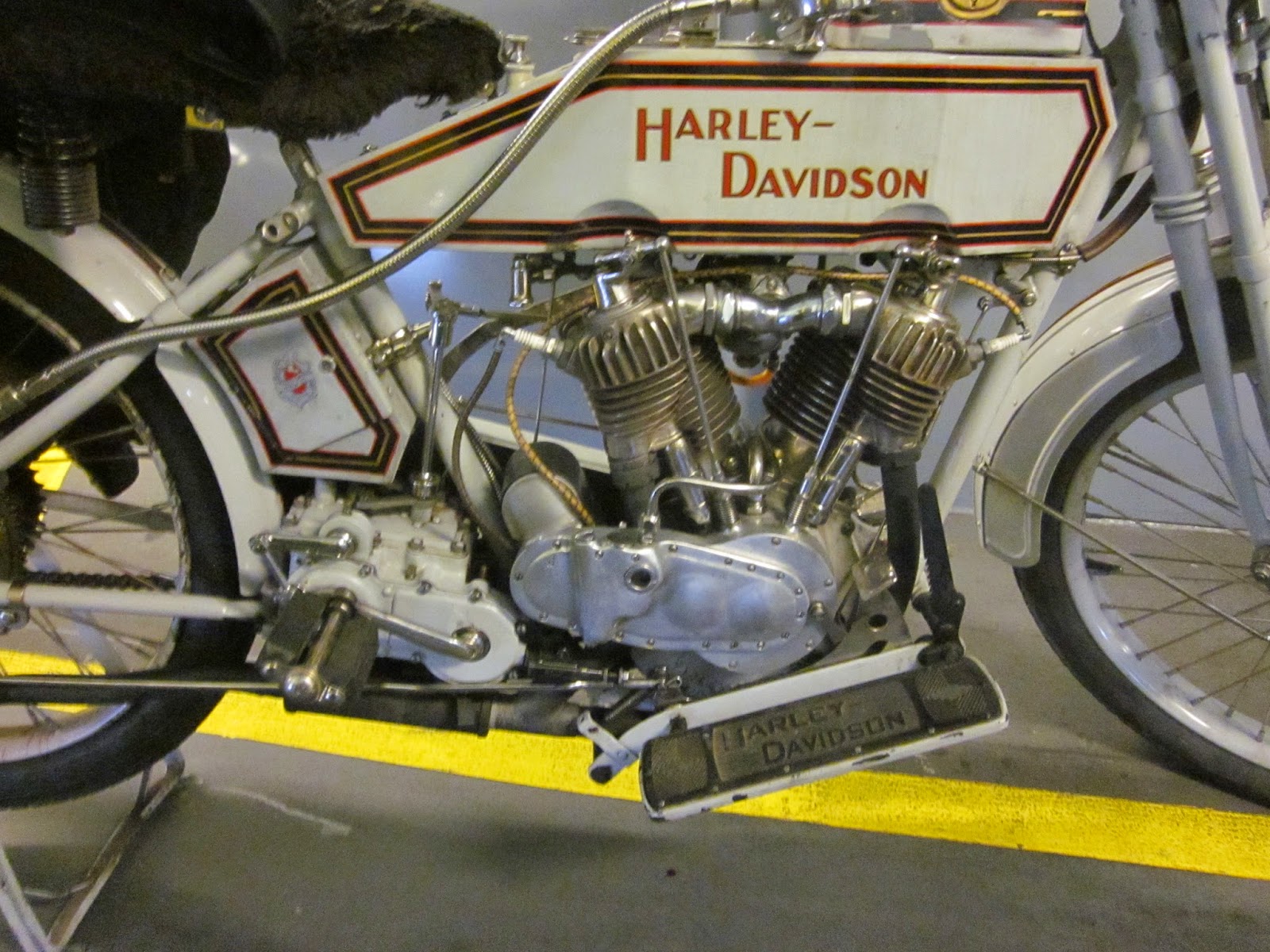By the time Harley-Davidson built this X-8 single in 1912, the company was well on the way to establishing itself as a major motorcycle manufacturer, and the motorcycle was a more refined mode of transportation. This bike was a direct development of the original 1903 model and continued in production until 1918. Though it still had belt final-drive, an atmospheric inlet valve, and no gearbox, these developments were just around the corner.
 |
| Harley-Davidson 1912 Silent Gray Fellow |
The rugged engineering and rigorous development championed by Harley from day one had borne fruit in the form of sprung forks and magneto ignition, and the company wasted no time emphasizing that cubic inches were the key to increased power. The optional rear hub clutch on this model meant that the bike could be stopped without stalling the engine, and the optional Schebler carburetor hugely improved reliability over early models. The original 1903 Harley had a 24.74cu. in. (405cc) engine, rising to 26.8cu. in. (440cc) in 1906, and 30cu. in. (494cc) in 1909. In 1913 it gained a further 5cu. in. (82cc). The Harley single became a valued and dependable machine which earned it the nickname “Silent Gray Fellow.”
 |
| Harley-Davidson 1912 Silent Gray Fellow |
SPECIFICATIONS
Harley-Davidson 1912 Silent Gray Fellow• ENGINE Inlet-over-exhaust, single-cylinder
• CAPACITY 30cu. in. (494cc)
• POWER OUTPUT 6.5bhp @ 2,700rpm
• TRANSMISSION Single-speed, belt drive
• FRAME Tubular loop
• SUSPENSION Leading-link forks, rigid rear
• WEIGHT 1951b (89kg)
• TOP SPEED 45mph (72km/h)



